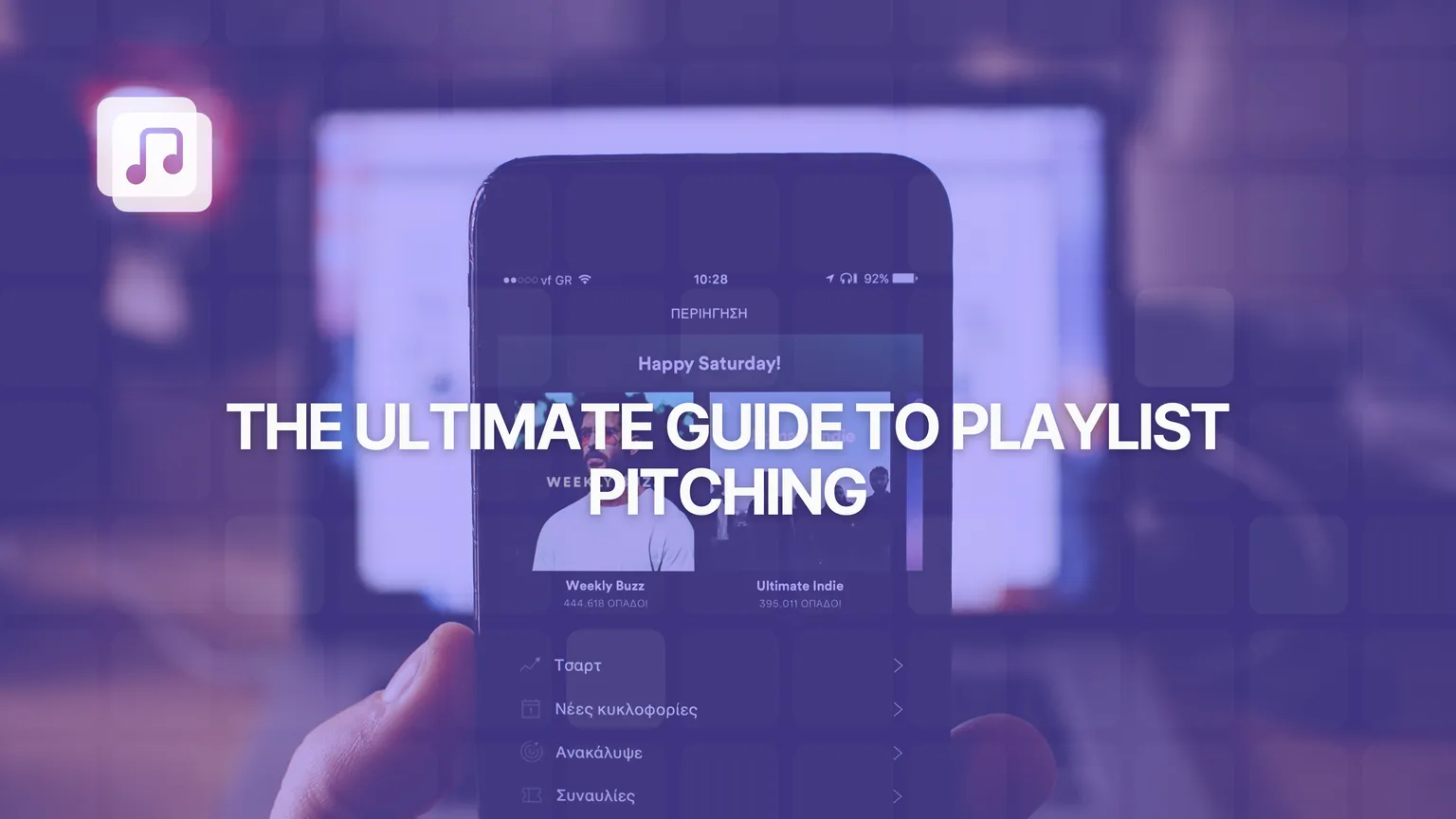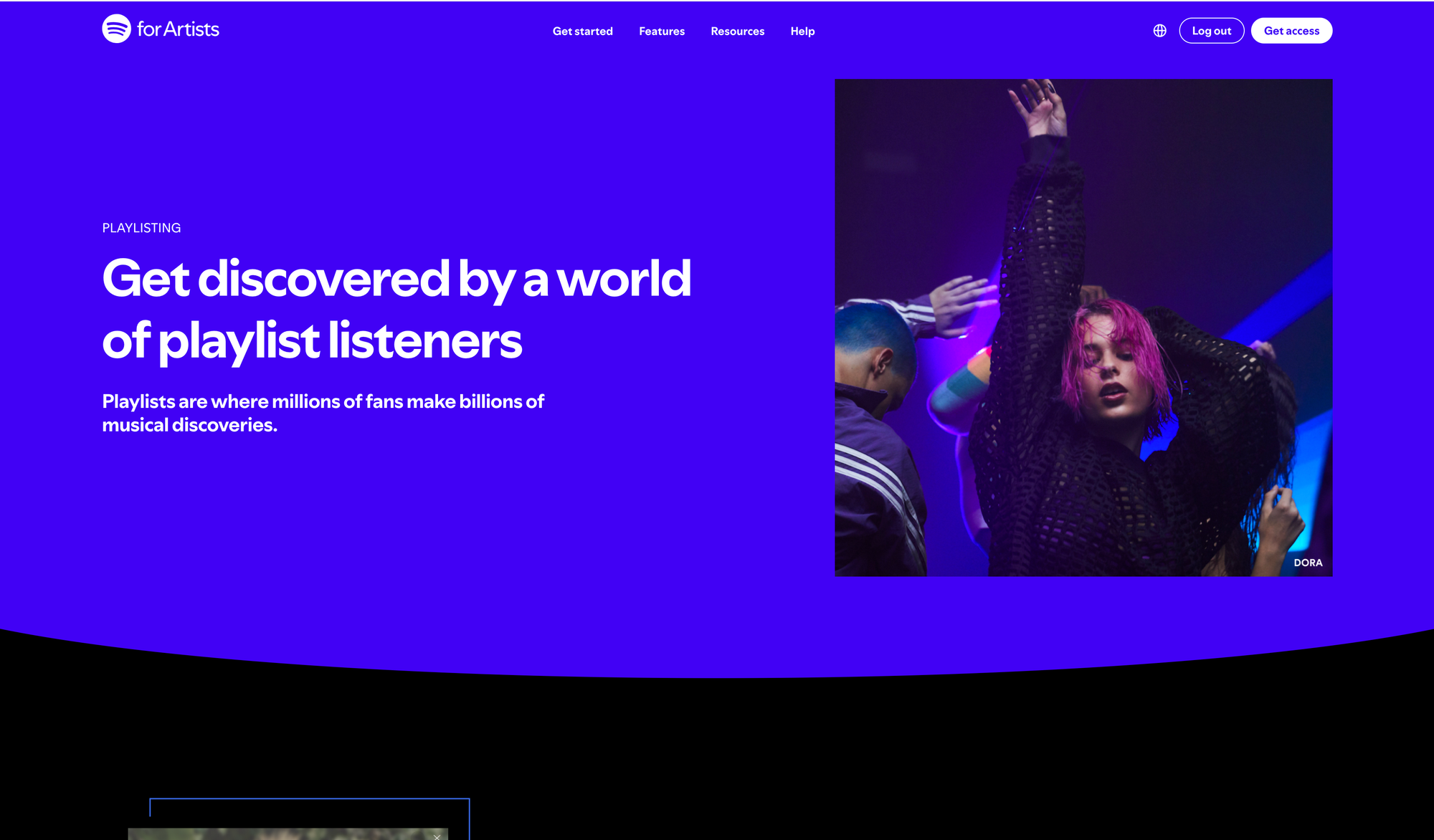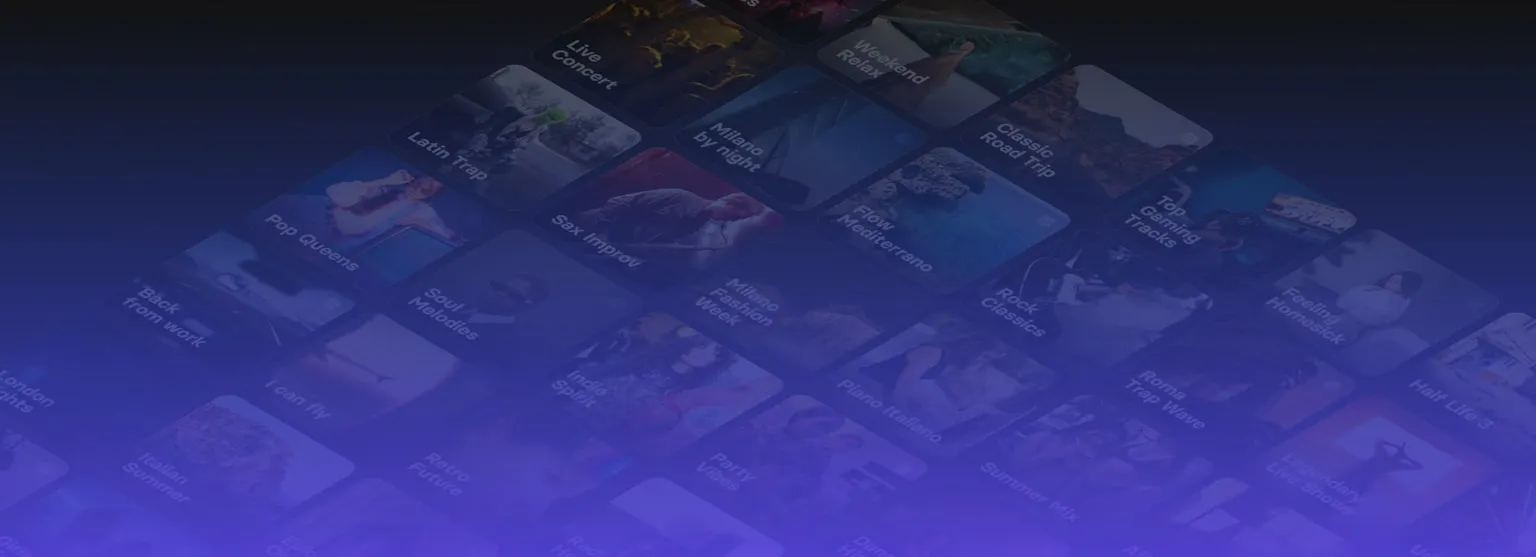
In today’s digital music landscape, playlists have become one of the most powerful tools for music discovery. For independent artists, getting placed on the right playlist can make all the difference, it can generate thousands of new streams, attract fans from all over the world, and even catch the attention of record labels and industry professionals.
But how do you actually get your track onto a playlist when millions of songs are uploaded to streaming platforms every single month? That’s where playlist pitching comes in. In this comprehensive guide, we’ll explore what playlist pitching is, why it matters, the different types of playlists, how the pitching process works on platforms like Spotify, Apple Music, and Beatport, and practical strategies to improve your chances of success.
What we're going to explore:
- What is playlist pitching and why does it matter?
- The different types of playlists
- How the playlist pitching process works
- How platforms handle playlist pitching
- Strategies to increase your chances of success
What is playlist pitching and why does it matter?
Playlist pitching is the process of submitting unreleased music to playlist curators with the goal of getting featured in curated playlists. These curators can be official editorial teams (like those at Spotify or Apple Music), independent influencers, or even fans who build popular user-generated playlists.
Why is this so important? Because playlists are where millions of listeners discover new songs every day. Unlike traditional radio, which has limited slots and a local reach, playlists are global, algorithm-driven, and available 24/7. A single placement in the right playlist can:
- Boost your visibility to completely new audiences.
- Increase streams, saves, and shares.
- Strengthen your credibility as a professional artist.
- Build momentum for future releases.
- Open doors to industry opportunities such as label interest, collaborations, and gigs.
In short, playlists are not just a way to get streams they are a way to build a career.
The different types of playlists
Not all playlists are created equal. To understand how to pitch effectively, you first need to know the main categories of playlists and how they work:
1. Editorial Playlists
These are curated by professional editorial teams at platforms like Spotify, Apple Music, and Beatport. They are the most prestigious, but also the most competitive. Landing in an editorial playlist can skyrocket your career overnight, but you’ll need a strong track, a well-crafted pitch, and often a bit of luck.
2. Algorithmic Playlists
Unlike editorial playlists, these are generated automatically by the platform’s algorithms. Examples include Discover Weekly or Release Radar on Spotify. You can’t directly pitch to these, but your track’s performance (saves, skips, repeat listens, shares) will influence whether it gets added. In other words, if fans engage with your music, the algorithm will reward you.
3. User-Generated and independent curator playlists
These are playlists created by fans, influencers, DJs, or independent curators. While they may not have the same global reach as editorial playlists, many of them have thousands of followers and can drive meaningful engagement. They are generally easier to access, but you must be cautious: avoid “fake” playlists run by bots or click farms that artificially inflate numbers. These can damage your reputation and even violate streaming platform policies.
Did you know that entering a lot of these playlists can help you boost visibility and increase your streams? Discover how it worksby reading the full article on our blog!
How the playlist pitching process works
While every platform is slightly different, the playlist pitching process typically follows a similar structure. Here’s a breakdown:
1. Upload your track via a distributor
Your music first needs to be delivered to platforms like Spotify or Apple Music. This is usually done through a digital distributor (such as DistroKid, TuneCore, or CD Baby).
2. Indicate that you want to pitch
During the upload process, you’ll often have the option to submit your track for playlist consideration.
3. Distributors and platforms filter tracks
Some distributors highlight specific tracks to editorial teams, increasing their chances of being noticed.
4. Fill out a submission form
Platforms like Spotify provide a pitch form where you’ll need to supply key details: genre, mood, instruments, cultural context, release story, and more. The more precise and compelling your information, the better.
5. Curators review submissions
Editorial teams listen and evaluate based on quality, originality, genre fit, and your artist story.
6. The decision
If your track resonates with the curators, it may be added to a playlist. Otherwise, it may be passed over, but don’t be discouraged, every submission increases your chances of being noticed in the future.
Important tip: timing is crucial. Submit your track at least 3–6 weeks before the release date so curators have enough time to review it. Submitting too late often means your pitch won’t even be considered.

How platforms handle playlist pitching
Different streaming platforms have unique approaches to playlist pitching:
- Spotify: artists can pitch directly through Spotify for Artists, making it the most accessible option. Spotify considers not only the song’s metadata but also its early performance (saves, streams, skips) and the strength of your overall artist profile.
- Apple Music: usually requires submissions through distributors. Their editorial team is selective, and timing is especially important.
- Beatport: especially relevant for electronic music. Placement depends heavily on production quality and genre fit, since most playlists cater to DJs, clubs, and dance audiences.
Strategies to increase your chances of success
Playlist pitching is competitive, but there are several proven ways to maximize your odds:
- Focus on high quality production: professional mixing and mastering are non-negotiable. Curators expect polished tracks.
- Be specific with metadata: genres, moods, and instrumentation help curators understand exactly where your track fits.
- Tell your story: share context about the release. Did the song come from a personal experience? Are you celebrating a milestone? Curators value authenticity.
- Build a strong online presence: active social media profiles, engaging visuals, teasers, and videos show curators you’re serious.
- Promote before release: encourage pre-saves, share behind-the-scenes content, and generate buzz.
- Submit early: Always give curators time. Last-minute pitches rarely work.

Do playlist pitching services really work?
You’ve probably seen services that promise playlist placements. The truth is: they can help, but with caveats.
- Professional services can add value: they know how to craft strong pitches and may have relationships with curators.
- No guarantees: editorial decisions ultimately depend on curators, and no service can promise placement.
- Long term consistency matters: even if your first attempts don’t land, every pitch builds momentum. Smaller placements in user-generated or algorithmic playlists can compound over time.
Matchfy: useful tool for independent artists
Among the platforms dedicated to playlist pitching, Matchfy has gained recognition as a service tailored for independent artists. Unlike generic “pay-to-play” offers that often rely on fake streams, Matchfy connects musicians with real playlist curators and helps position tracks where they’re most likely to reach genuine listeners.
Through Matchfy, artists can:
- Pitch their music to curators across multiple genres.
- Access targeted playlist opportunities instead of random submissions.
- Track results and measure playlist impact with transparent reporting.
- Combine playlist pitching with broader music promotion strategies, such as social media growth and fanbase development.
This approach makes Matchfy not just a pitching service, but also a promotional partner that helps independent musicians build visibility in a competitive streaming market.

Final thoughts: playlist pitching as a growth tool
Getting your music onto playlists isn’t just about chasing vanity metrics or quick boosts in streams, it’s about building the foundation for a sustainable career in music. A well-executed playlist strategy can expand your audience, strengthen your artist profile, and open doors to bigger opportunities such as label interest, collaborations, and live performances.
For artists who want structured support, services like Matchfy can make the process easier. By connecting you directly with verified playlist curators and offering transparent promotional tools, Matchfy allows independent musicians to target the right playlists and reach real listeners. Instead of relying on unreliable “pay-to-play” schemes, it combines pitching with long-term music promotion strategies, helping you grow both streams and fans authentically.
In the end, whether you choose to pitch your own music or work with platforms like Matchfy, the most important thing is to stay consistent, professional, and true to your story. Playlists can be a powerful ally in your journey, but they’re only one piece of the bigger picture.

